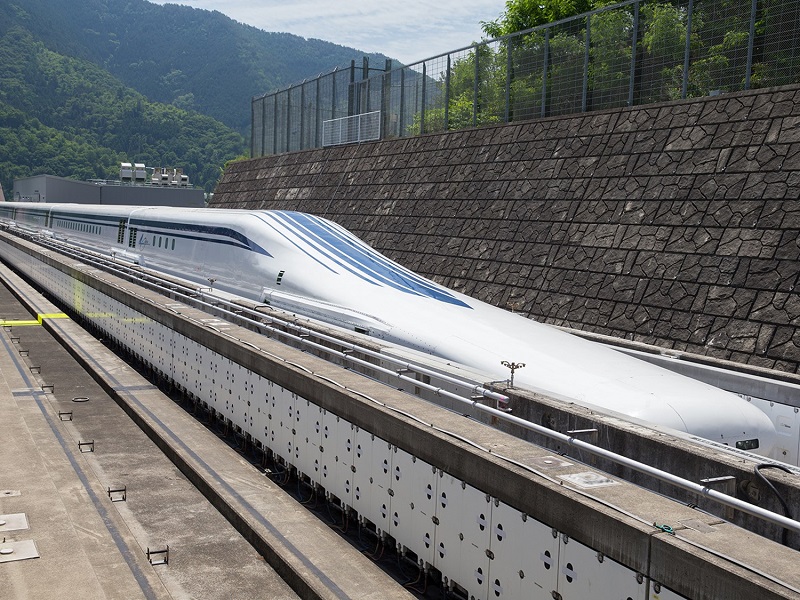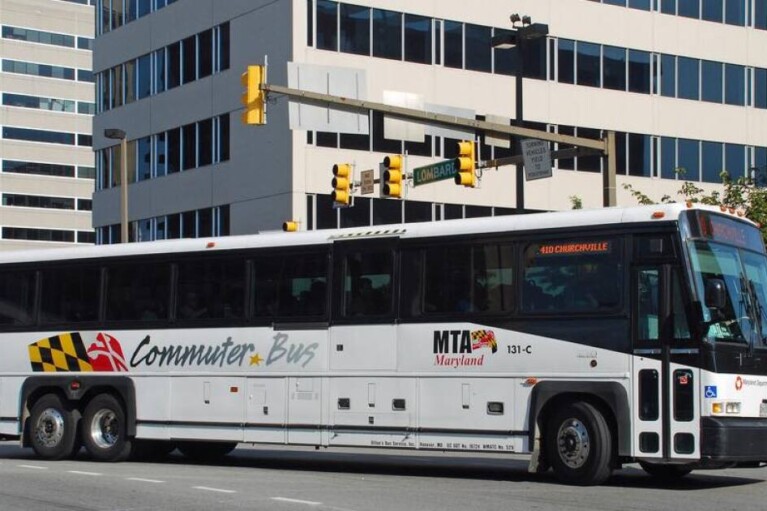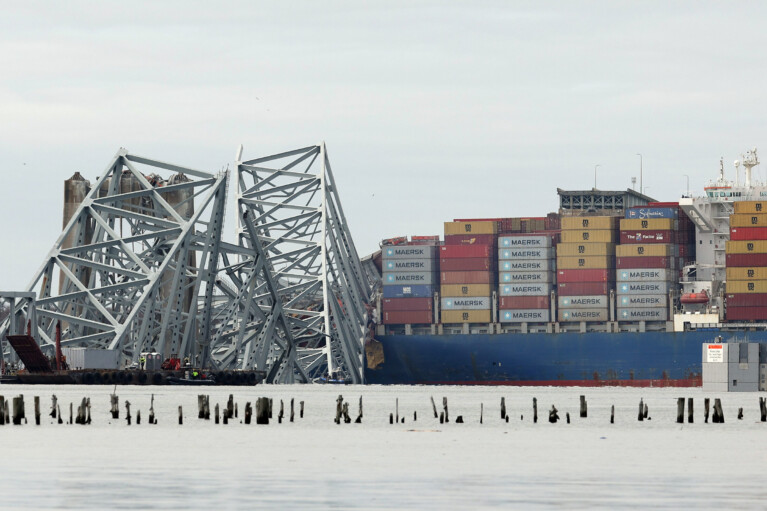Federal Agency Hits Pause Button on Baltimore-DC Maglev Rail Proposal

The lead federal agency charged with reviewing a proposed high-speed train between Baltimore and Washington, D.C. has “paused” its evaluation of the project.
The Federal Railroad Administration’s decision to suspend its review will — at a minimum — delay the controversial “Super-Conducting Maglev” proposal.
Whether it represents a true setback won’t be known for some time.
The rail agency’s decision to pause its review was posted to the “permitting dashboard” established to help the public track federal infrastructure projects.
It came after the agency received 4,000 comments during a public feedback period.
The decision gives the agency the opportunity to review the complex project in more detail, address concerns about it, and consult with other agencies.
“FRA looks forward to sharing the revised project [environmental impact statement, or EIS] schedule when it is determined,” a spokesperson said in an email.
The proposed rail line has stirred both supporters and critics. It has the potential to speed travel between the two cities, creating jobs, taking cars off the road and boosting air travel at Thurgood Marshall BWI Airport.
Opponents cite neighborhood impacts, potential park and property loss, high ticket costs, failure risk and jarring vibrations.
On Monday, a judge in Baltimore ruled in favor of a local developer who wants to build a mixed-use development on a 43-acre waterfront parcel in Westport. Baltimore-Washington Rapid Rail, the company behind the high-speed train project, wanted to acquire that choice property through condemnation, to use as a station stop, but the court rejected their claim. An appeal is expected.
Backers of the “SCMAGLEV” predict the line would be able to carry passengers between Union Station and Cherry Hill in 15 minutes. It would be able to travel up to 311-miles-per-hour, BWRR maintains, through the use of electrified magnets, rather than steel wheels on conventional tracks.
In a statement, BWRR CEO Wayne Rogers offered an upbeat case for the project to advance.
“The Maglev project is very timely as Hurricane Ida, damaging Annapolis and Edgewater, Air Conditioning needs in Baltimore schools, sea level rise and flooding in Maryland all point to the urgent need to not only talk but to take action to arrest climate change,” he wrote.
“Cars are the biggest source of greenhouse gas emissions. Maglev will remove 16 million cars per year from the highways and make the largest dent in emissions of any initiative in Maryland,” he continued.
Northeast Maglev, a sister company, hopes to one day compete with Amtrak, offering 60-minute trips between Capitol Hill and midtown Manhattan.
An outspoken critic of the project, Susan R. McCutchen, a member of the Maryland Coalition for Responsible Transit, said she is “cautiously optimistic that, because of the glaring deficiencies in the grossly inadequate [draft environmental impact statement] … the FRA is considering a supplemental DEIS rather than moving forward with the final EIS.”




 Creative Commons Attribution
Creative Commons Attribution